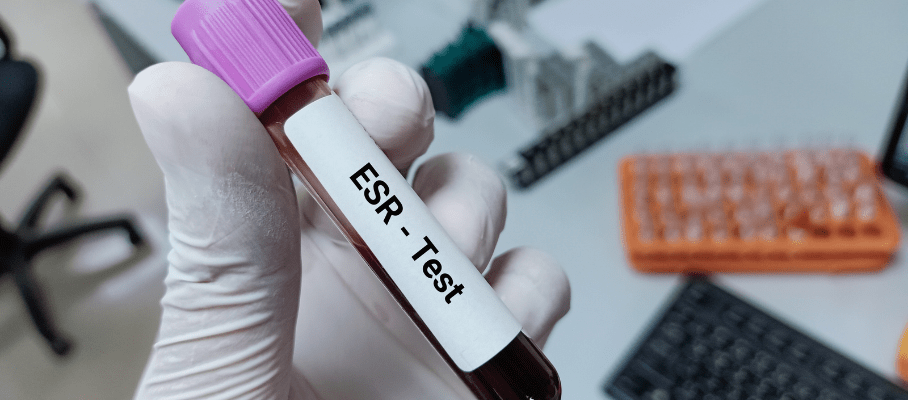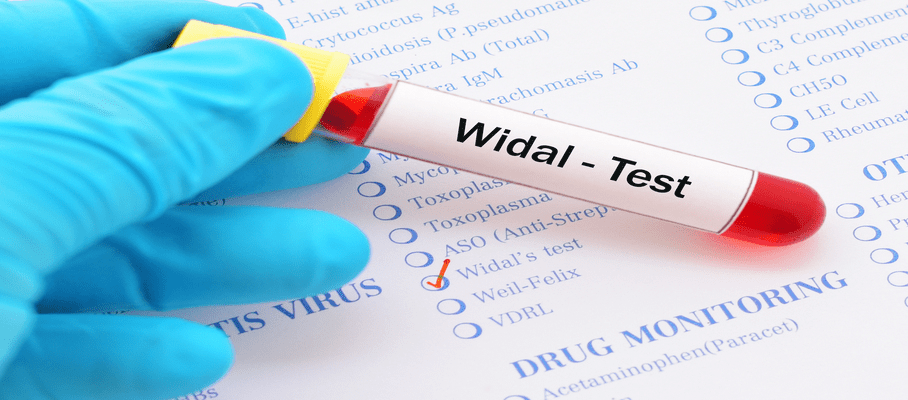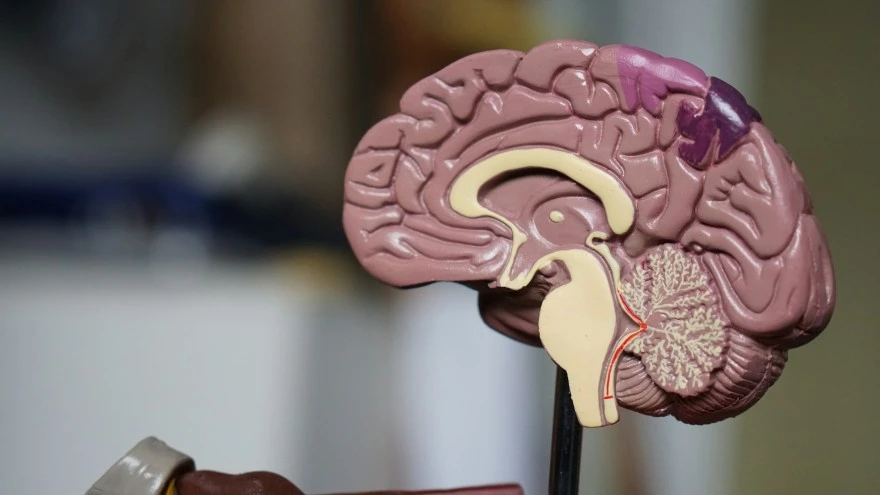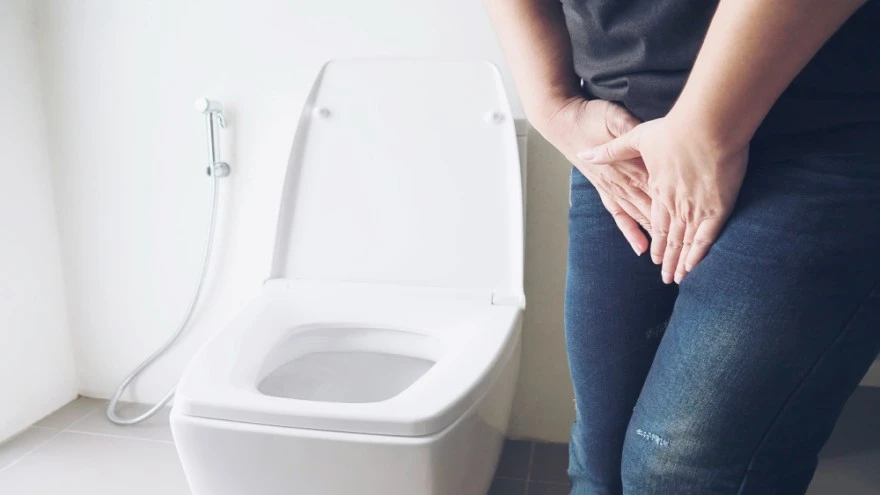Preventive Healthcare
What is Ring Avulsion? Understanding the Injury and Its Severity
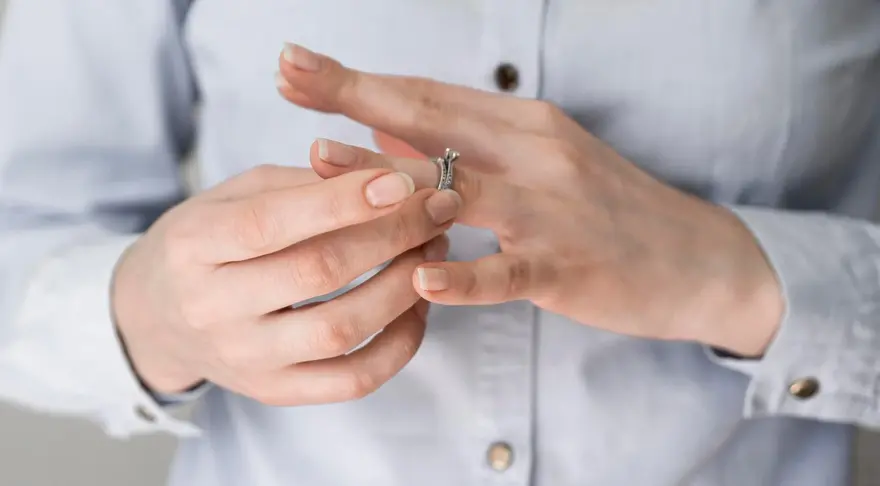
Table of Contents
- What is a ring avulsion?
- Who gets ring avulsions?
- How common is ring avulsion?
- How does ring avulsion affect our body?
- What are the symptoms of a ring avulsion?
- What causes ring avulsions?
- How are ring avulsions diagnosed?
- What tests are done to diagnose ring avulsions?
- Ring avulsion classification
- How are ring avulsions treated?
- How soon after treatment will we feel better?
- How can we reduce our risk?
- What can we expect if we have a ring avulsion?
- What is the outlook for ring avulsion?
- Conclusion
- FAQs
What is a ring avulsion?
Ring avulsion is a severe injury that happens when a ring on your finger gets snagged on an object and is forcibly yanked, leading to extensive damage to the finger. This can result in substantial trauma, including soft tissue damage, bone fractures, compromised blood flow, and nerve injury. The severity of the ring avulsion symptoms depends on the force applied and the structures affected.
Who gets ring avulsions?
Ring avulsions can happen to anyone wearing rings, but the risk is higher for individuals engaging in physical activities, working with machinery, or participating in contact sports. Those employed in industrial settings are especially vulnerable due to the proximity to equipment that can catch on rings.
How common is ring avulsion?
Ring avulsion injuries are relatively uncommon, with an estimated 150,000 cases occurring globally each year. Despite the low incidence, ring avulsion is recognised as a significant risk in certain occupations and activities.
How does ring avulsion affect our body?
Ring avulsion causes devastating effects on the affected finger and hand. The forceful pull can cause:
- Skin and soft tissue damage, including lacerations, avulsions, and degloving
- Tendon and ligament injuries
- Nerve damage, leading to numbness or loss of sensation
- Blood vessel rupture, compromising blood supply to the finger
- Bone fractures or dislocations
- Partial or complete amputation of the finger
These injuries can significantly impact hand function, causing pain, stiffness, weakness, and reduced range of motion. In severe cases, ring avulsion can lead to permanent disability or loss of the affected finger.
What are the symptoms of a ring avulsion?
Ring avulsion symptoms can vary depending on the severity of the injury. Common signs and symptoms include:
- Severe pain in the affected finger
- Swelling and bruising
- Deformity or disfigurement of the finger
- Pale, cold, or blue discoloration of the finger
- Numbness or tingling sensations
- Difficulty moving the finger
- Visible bone, tendons, or other underlying structures
- Partial or complete amputation of the finger
What causes ring avulsions?
Ring avulsion occurs when a ring on your finger gets caught or snagged on an object with significant force. Common ring avulsion causes include:
- Accidents involving machinery or equipment
- Falls or stumbles while wearing rings
- Sports injuries, especially in contact sports
- Catching the ring on protruding objects
- Attempting to jump or climb over obstacles with rings on
How are ring avulsions diagnosed?
Diagnosing a ring avulsion injury involves a thorough physical examination of the affected finger. The doctor will assess:
- The integrity of the skin and soft tissues
- The presence of fractures or dislocations
- The finger's neurovascular status (blood flow and nerve function)
- The range of motion and stability of the finger
What tests are done to diagnose ring avulsions?
In addition to a physical examination, several tests may be performed to ensure proper ring avulsion treatment:
- X-rays: To assess any fractures or dislocations of the finger bones.
- Angiography: To evaluate blood flow to the finger and check for vessel damage.
- Nerve conduction studies: To assess nerve function and detect any nerve injuries.
- Magnetic Resonance Imaging (MRI): To visualise soft tissue damage, including tendons and ligaments.
Ring avulsion classification
Ring avulsion injuries are classified based on the severity of damage to the finger's neurovascular structures. The Urbaniak classification system is commonly used:
- Class I: Circulation is intact, and no skeletal injury is present.
- Class II: Circulation is compromised, but the bone and tendons are intact.
- Class III: Complete degloving or amputation of the finger, with loss of circulation and significant bone and tendon damage.
How are ring avulsions treated?
Ring avulsion treatment depends on the severity of the injury. Mild cases may involve wound care, splinting, and close monitoring. More severe injuries may require surgical intervention, such as:
- Debridement: Removal of damaged tissue to promote healing.
- Revascularisation: Restoring blood flow to the finger through microsurgical techniques.
- Replantation: Reattaching the severed portion of the finger.
- Amputation: In some cases, the damage may be too extensive, necessitating amputation of the affected finger.
How soon after treatment will we feel better?
Recovery time after a ring avulsion injury varies based on the severity of the trauma. Minor injuries may heal within a few weeks with proper care. However, severe cases of finger avulsion that require surgical intervention can take several months to heal completely. Physical therapy may be necessary to regain strength and mobility in the affected finger.
How can we reduce our risk?
To minimise the risk of injuries, consider the following ring avulsion prevention tips:
- Remove rings before engaging in sports, manual labour, or operating machinery.
- Wear gloves to protect your hands and prevent rings from catching on objects.
- Consider using silicone or breakaway safety rings, which are designed to snap under pressure.
- Be mindful of your surroundings and avoid placing your hands in areas where rings can get snagged.
What can we expect if we have a ring avulsion?
If you experience a ring avulsion, it's crucial to seek immediate medical attention. Prompt ring avulsion treatment can help prevent complications and improve the chances of a successful recovery. However, even with proper care, ring avulsion injuries can have long-lasting effects on hand function and appearance.
What is the outlook for ring avulsion?
The prognosis for ring avulsion depends on the severity of the injury and the promptness of treatment. Minor injuries often heal well with minimal long-term effects. However, severe cases may result in permanent damage, reduced hand function, or even amputation.
Conclusion
Ring avulsion is a serious injury that can occur when a ring gets caught and forcefully pulled, causing significant damage to the finger. By understanding the causes, symptoms, and ring avulsion prevention strategies, you can take steps to reduce your risk. If you suspect a ring avulsion injury, seek immediate medical attention to ensure the best possible outcome.
If you have concerns about your risk of ring avulsion, Metropolis Healthcare offers a range of blood tests and health check-ups to assess your overall well-being. With a team of experienced phlebotomists and state-of-the-art laboratories, Metropolis delivers accurate results and personalised care to support you on your health journey.
FAQs
Does wearing a silicone ring prevent ring avulsions?
Silicone rings can reduce the risk of ring avulsion because they are more flexible and less likely to catch on objects. They are designed to break under excessive pressure, minimising the force applied to the finger.
Will we need physical therapy after a ring avulsion?
Physical therapy is often recommended after a severe ring avulsion injury to help restore strength, flexibility, and range of motion in the affected finger. Your doctor will determine if physical therapy is necessary based on the extent of your injury.
Will we need to miss work or school with a ring avulsion?
The amount of time you may need to take off from work or school depends on the severity and the ring avulsion treatment required. Minor injuries may only require a short absence, while severe cases involving surgery may necessitate an extended recovery period.
What should we do if our finger is completely removed due to a ring avulsion?
If your finger is completely severed due to a ring avulsion injury, immediately seek emergency medical care. Gently clean the amputated part with saline or clean water, wrap it in a moist gauze, and place it in a sealed plastic bag on ice. Bring the amputated part with you to the hospital for potential reattachment.
Can a ring avulsion heal without surgery?
Minor ring avulsion injuries where circulation is not compromised and there is no significant damage to the bones, tendons, or nerves may heal without surgery. However, close monitoring and proper wound care are essential.



